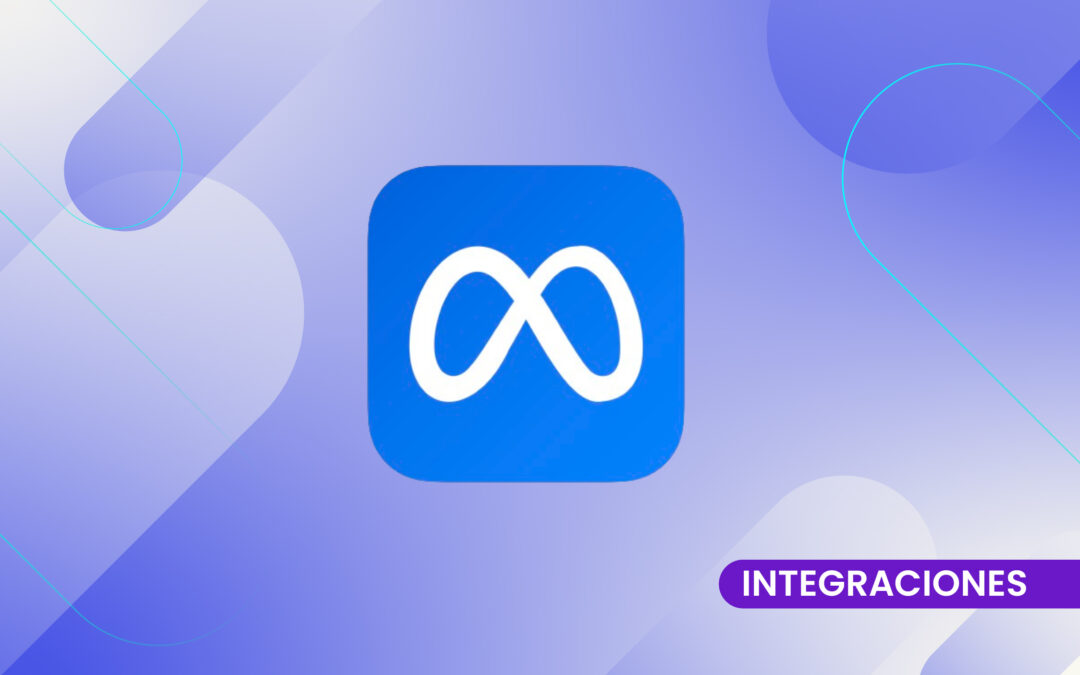In the dynamic world of digital marketing, agile methodologies have gained popularity for their ability to adapt quickly to change and improve team efficiency. One such methodology is Scrum Marketing, an adaptation of the Scrum framework, which was originally developed for software development. In this article, we will explore what Scrum Marketing is and how it differs from traditional Scrum.
What is scrum marketing?
Scrum Marketing is an agile methodology that applies Scrum principles and practices to the marketing domain. The goal is to manage and execute marketing projects in a more efficient, collaborative and adaptive way. Like traditional Scrum, Scrum Marketing is based on short work cycles called sprints, daily stand-ups and constant review and adaptation of the process.
Basic principles
Short sprints: In Scrum Marketing, projects are divided into sprints, which usually last between one and four weeks. At the end of each sprint, the team reviews the results and adjusts its strategy for the next cycle.
Daily meetings: Daily meetings, or stand-ups, are brief meetings where each team member shares their progress, obstacles and plans for the day. This ensures that everyone is aligned and can solve problems quickly.
defined roles: Scrum Marketing defines specific roles such as the Product Owner, who represents the customer's interests, and the Scrum Master, who facilitates the process and removes obstacles for the team.
review and adaptation: At the end of each sprint, the team conducts a review to assess what worked well and what didn't. Based on this feedback, the team adapts its strategy and plans the next sprint. Based on this feedback, the team adapts its strategy and plans the next sprint.
Differences between scrum marketing and scrum
Objectives and approach: The main difference between Scrum Marketing and traditional Scrum lies in their objectives and approaches. While Scrum focuses on software development and product delivery, Scrum Marketing focuses on the execution of marketing strategies and campaigns.
type of work: In traditional Scrum, the work tends to be more technical and oriented to the development of specific functionalities. In contrast, Scrum Marketing covers a wide variety of tasks, from content creation and social media management to event planning and SEO optimization.
measuring success: Success metrics also vary. In Scrum, success is measured in terms of feature completion and product delivery. In Scrum Marketing, success is measured through marketing metrics such as return on investment (ROI), conversion rate, web traffic and social media engagement.
flexibility and adaptability: While both approaches are agile and adaptive, Scrum Marketing often requires greater flexibility due to the unpredictable nature of digital marketing. Campaigns may need quick adjustments in response to market trends, customer feedback or changes in consumer behavior.
Benefits
greater collaboration: Scrum Marketing fosters collaboration between different departments and specialists, resulting in more cohesive and effective campaigns.
continuous improvement: Constant review and adaptation allows the marketing team to continually improve its strategies and tactics, ensuring better results over time.
transparency and accountability: Daily meetings and short sprints promote transparency and accountability, as all team members are aware of progress and challenges.
Scrum Marketing is a powerful agile methodology that adapts Scrum principles to optimize the management and execution of marketing projects. By understanding the key differences between Scrum Marketing and traditional Scrum, companies can leverage this methodology to improve the efficiency, collaboration and results of their marketing campaigns. If you are looking for a way to make your marketing team more agile and adaptable, Scrum Marketing may be the ideal solution.





